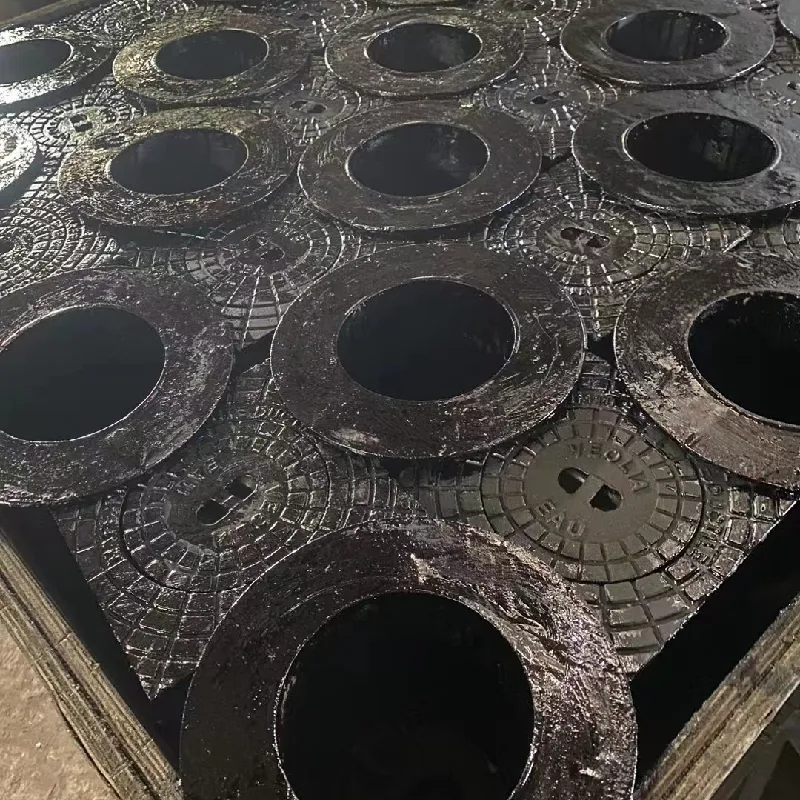subway grating
The Evolution and Importance of Subway Grating
Subway systems are the lifeblood of urban transport in many cities worldwide. As millions of commuters traverse these underground networks daily, the design and functionality of every component become paramount to the overall efficiency and safety of the system. Among these components, subway grating plays a crucial role, often overlooked yet essential for the operation and safety of subway stations.
What is Subway Grating?
Subway grating refers to the slotted flooring elements typically used in platforms and ventilation areas. Made primarily from steel or other durable materials, grating allows for the effective drainage of water, the ventilation of gases, and the safe passage of pedestrians. The perforations in subway grating are specifically crafted to ensure that while debris and water can escape, larger objects or individuals cannot fall through, maintaining a balance between safety and functionality.
Historical Context
The use of grating in subways dates back to the inception of urban rail systems in the late 19th century. Initially, the materials used were rudimentary, focusing primarily on functionality rather than aesthetics. Over the decades, however, advancements in engineering and materials science led to the evolution of grating designs. Innovations such as corrosion-resistant coatings, lightweight metals, and even composite materials have become more common, improving durability while reducing maintenance costs.
Importance of Good Design
The design of subway grating is not merely about practicality; it also involves critical safety features. With wet platforms prone to slip hazards, appropriate grating designs significantly enhance traction for passengers. For example, many modern designs incorporate anti-slip surfaces or textured patterns that increase friction, particularly in high-traffic areas. Furthermore, these grates are often designed to withstand heavy foot traffic, including the weight of service vehicles that might traverse these areas.
subway grating

Ventilation is another crucial aspect that subway grating addresses. Inadequate air exchange in subway systems can lead to uncomfortable and unsafe conditions for commuters. Grating that is strategically placed allows for effective airflow, helping to dissipate heat and remove harmful gases generated from trains and stored in tunnels. This aspect is especially vital in older systems where retrofitting for improved ventilation can be challenging.
Environmental Considerations
In today’s environmentally-conscious world, the sustainability of materials used in subway grating has become increasingly important. Many cities are now opting for eco-friendly materials that minimize environmental impact. Recycled steel and other sustainable options can reduce the carbon footprint associated with manufacturing new materials. Moreover, newer designs focus on creating drainage systems that can be integrated with local stormwater management, ensuring that urban runoff is effectively managed.
Challenges in Implementation
While the benefits of advanced subway grating are numerous, challenges remain in their implementation. Budget constraints can limit upgrades to existing infrastructure, and urban planners must often navigate the complexities of retrofitting older subway systems with newer materials. Additionally, maintenance presents an ongoing challenge. Grates can become clogged with debris, leading to drainage issues that require regular cleaning and inspection.
Conclusion
In summary, subway grating is a critical but often unheralded component of urban transportation infrastructure. Its ongoing evolution showcases the balance between functionality, safety, and environmental responsibility. As cities continue to expand their subway systems and improve existing networks, the importance of effective, innovative grating designs will be increasingly paramount. By focusing on these essential elements, urban planners can ensure that subway systems remain efficient, safe, and accessible for all commuters. The future of urban mobility depends, in part, on how well we design and maintain these seemingly simple yet vital components of our daily lives.
-
The Smarter Choice for Pedestrian AreasNewsJun.30,2025
-
The Gold Standard in Round Drain CoversNewsJun.30,2025
-
The Gold Standard in Manhole Cover SystemsNewsJun.30,2025
-
Superior Drainage Solutions with Premium Gully GratesNewsJun.30,2025
-
Superior Drainage Solutions for Global InfrastructureNewsJun.30,2025
-
Square Manhole Solutions for Modern InfrastructureNewsJun.30,2025
-
Premium Manhole Covers for Modern InfrastructureNewsJun.30,2025
